Embracing the Unfamiliar: Cultivating Cultural Openness on Your European Adventure
- Simcha

- Apr 12, 2024
- 5 min read
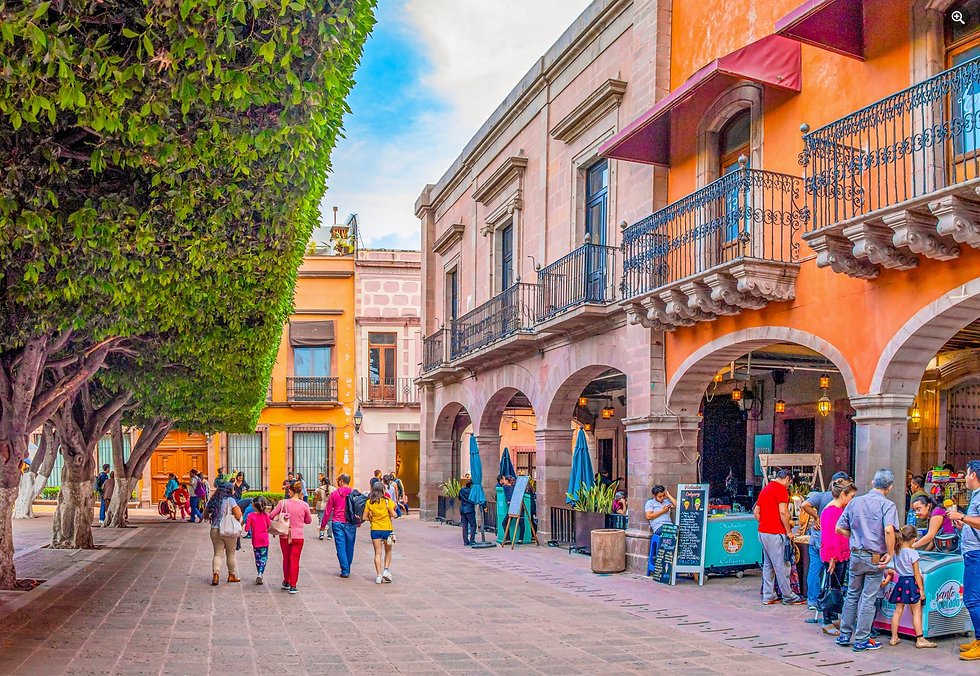
I had every intention of writing today’s blog about our recent adventures in Queretaro, Mexico. However, the nomadic life has a way of liberating my thoughts, and mine unexpectedly took a turn back in time. As I began typing away at the keyboard, my thoughts drifted towards our recent travels through Europe. This not only allowed me to relive some wonderful moments but led to the writing of this article, which explores how American travelers interact with, or occasionally overlook, European cultural norms. I hope you enjoy it and look for next week’s blog to be a return to Mexico.
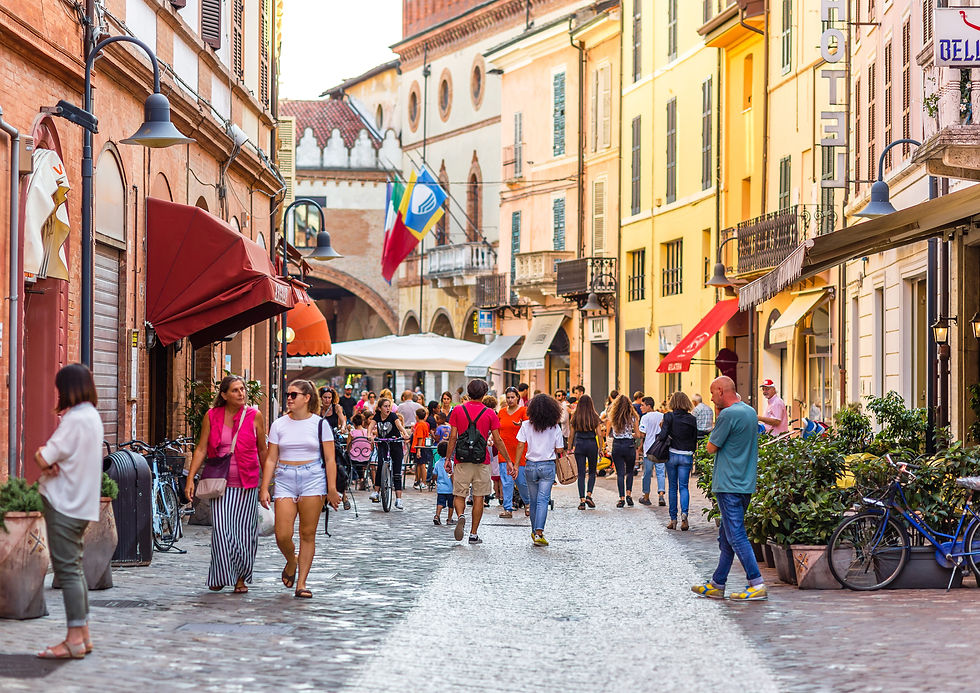
Culture is a very powerful force. Most of us have been practicing our own cultural norms and behaviors since birth, and even those of us with a bit of a rebellious spirit are much more aligned with these attitudes than we may think. And this becomes very apparent when we travel, especially abroad where cultural differences are obvious.
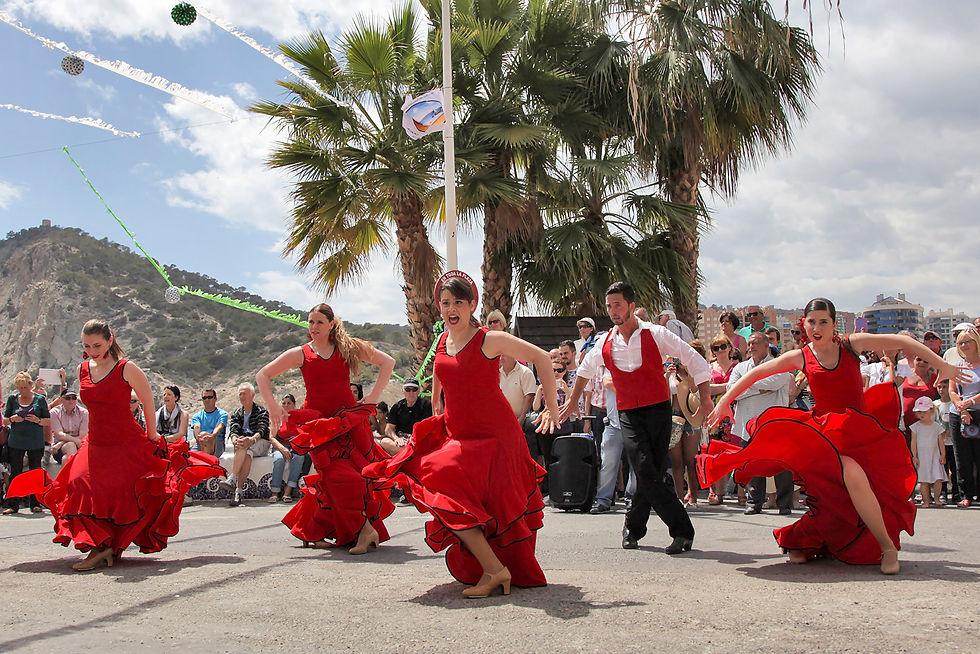
To truly encounter another culture, it’s necessary to go beyond just visiting a place or vacationing there . . . you must experience it. And that necessitates becoming engaged with the culture - the food, the language, the dress, and the behavioral and cultural norms that make the country you are visiting both unique and special.

Experiencing another country and being open to their culture is not always as easy as it may sound. When we travel to a different country, it’s not uncommon to feel a bit insecure . . . not feeling completely comfortable and perhaps feeling a bit out of step in such a completely different environment. When we encounter such a situation, it’s easy to feel a bit unsure of oneself and uncomfortable, and a very natural reaction is to hold on a little tighter to what feels most comfortable and familiar. . . and that is our own culture. And while that approach may soothe some emotional discomfort, it typically does not serve us well for enjoying and wholeheartedly experiencing the country we have chosen to visit.

What Carla and I have learned from our travels is to simply embrace the differences. Go all in with a sense of cultural abandonment when it comes to what’s familiar. It may feel a little uncomfortable and unfamiliar at first, but over time, we have come to really enjoy and appreciate “wearing the different cultural hats” of the places we are visiting. It creates a much more authentic and enjoyable visit.
So, to that end, we are offering a few suggestions/tips for being open to European culture while leaving your own (U.S.) cultural habits behind:

Food
Food is such a fantastic and memorable part of visiting any country, and we recommend jumping in with both feet. If you’re in Paris, eat snails. If you’re in Lisbon, eat octopus. Our motto when traveling . . . “leave our food trips at home.” And it’s not just about the specific foods we eat . . . it’s also important to experience and embrace their approach to eating as well. Most countries in Europe enjoy slow dining. It’s not uncommon to spend 2+ hours at a restaurant when eating out. It’s more than just a meal - it’s about the conversation, the company, and the connecting.
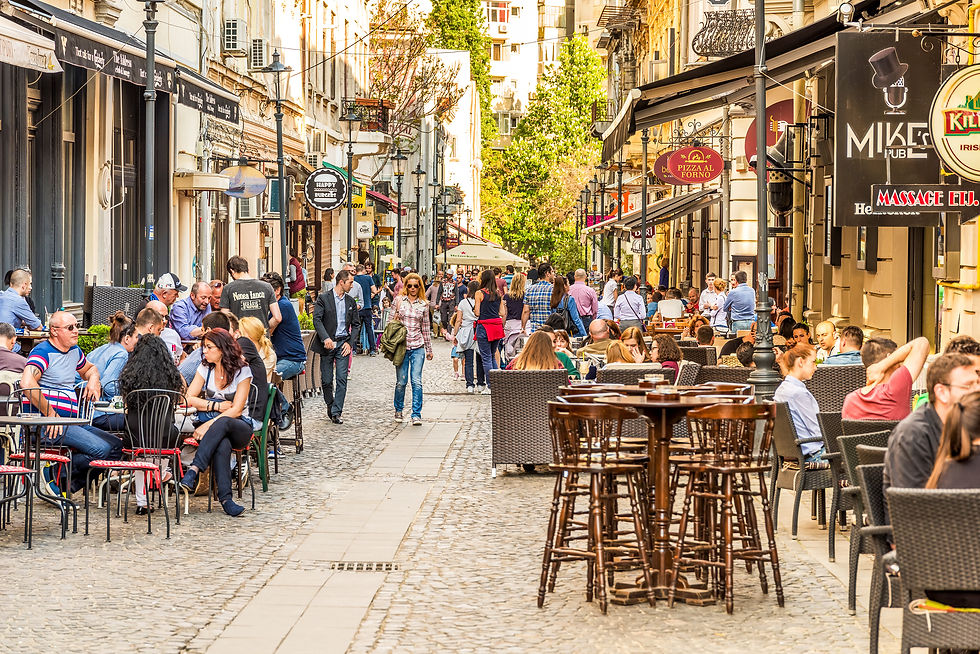
The European dining style honors the human interactions and exchanges of the dining experience as much as the pure enjoyment of the food. It’s about family and friends coming together. The food scene in Europe (when embraced) tends to force us to slow down and enjoy each other while breaking a little bread together. Eating while walking seems to be a very unique American experience. There is lots to see in your travels, no doubt, but trying to combine mealtime with sightseeing dishonors the dining experience. When traveling It becomes so apparent that we have developed a very “hurry up” culture here in the states. Slow-dining is a beautiful experience, and it feels far more natural than our often hurry-up pace at mealtime.
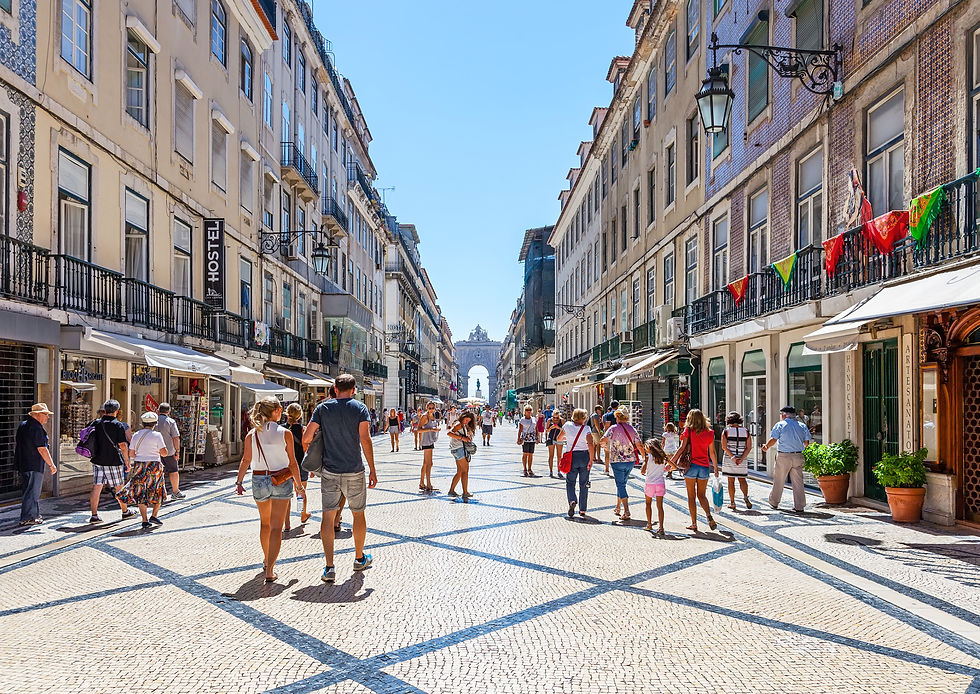
Language
If you’re on a trip for three weeks visiting Spain, France, and Italy, no one would suggest that you know French, Italian, and Spanish perfectly. That’s not reasonable. However, being able to converse with people of the local community, not only shows respect for their home, but it also creates so many more opportunities while visiting. Typically, Carla and I at least learn enough of the language ahead of our visit to be able to be polite and ask a few basic questions, when necessary. It’s easy learning. Just anticipate a few general situations that you will most likely encounter and learn the few phrases that will allow you to best communicate in those situations. It shows respect to the host country when you at least try to participate by communicating in their language.

Our experience has been that it’s not expected that you speak flawless Spanish or Italian, and just trying is wonderfully appreciated. We have found that once we make the effort to communicate in their language, people have been so kind and generous with us and helpful with pronunciations and understanding what is being communicated. Having even a very minimal and basic exchange with someone in their native language is so rewarding and fulfilling . . . it allows you to feel a true connection to the community you are visiting.

Dress
Many of you who follow this blog and have seen photos of me, will know that I am in no position to offer fashion advice. And that’s not really the emphasis here. But there are a few cultural dos and don’ts with attire that are simply nice to honor as you respect the norms of another culture. For starters, baseball is not really a “thing” in Europe. They are wild about football (what we call soccer) but not baseball. And therefore, Europeans tend not to wear baseball caps, especially with the bill turned backwards.
If you want to have the equivalent of a tattoo on your forehead that screams, “I am an American”, then by all means wear a ball cap, and for added emphasis turn it around so the bill of the hat is in the back. Similarly, they are not as “brand happy” across the pond as we are. Wearing shirts, pants, or outerwear with bold logos or sayings is another way of broadcasting where you’re from. And the obvious giveaway is wearing a cap or shirt with an American flag on it. We are not as revered over there as one may like to imagine. The only exception to the logo/brand rule is Patagonia. They are a beloved company across the world and their logo tends to be somewhat small and innocuous, and it’s well received everywhere.

Decorum
There’s no polite way to say this, but . . . Americans tend to be rather loud, especially when compared to the European volume. We tend to be louder, more animated, and a bit more boisterous, and Europeans tend to find this combination obnoxious. And quite frankly, when we’re traveling and we spot this behavior, it really does feel obnoxious, and a bit embarrassing as well. It’s about respecting the norms and attitudes of wherever you visit. It’s about being mindful that we’re not the only ones walking the streets or eating out at a restaurant. In Europe, conversations tend to be quieter, more one-on-one, and a lot gentler in volume.
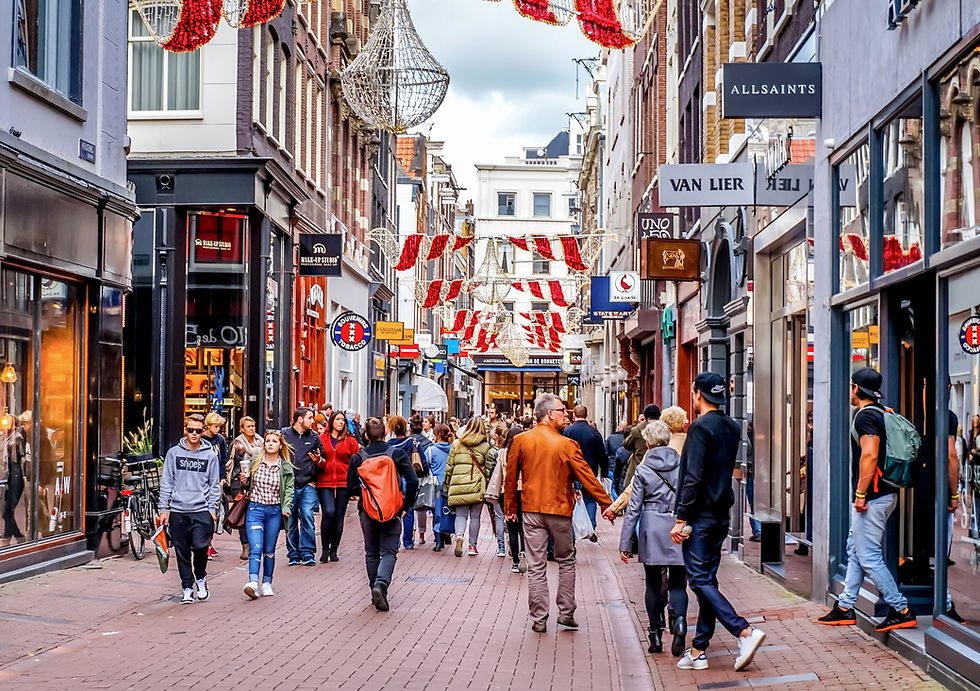
Americans love to travel, and we have a lot to offer when we’re on the road . . . but we also have a lot to learn. Embrace other cultures, and at a minimum, if embracing feels like too much of a stretch, then at least respect the culture that you have chosen to visit. It honors the people and the place.




Thanks for this insightful article. Interesting about walking and eating....something I've never done and never even thought about doing. Also, when I eat out, which is rare these days, my friends and I usually take a couple of hours where ever we eat to also shmooze. I guess I'm not really an American? At least in this respect. 😄